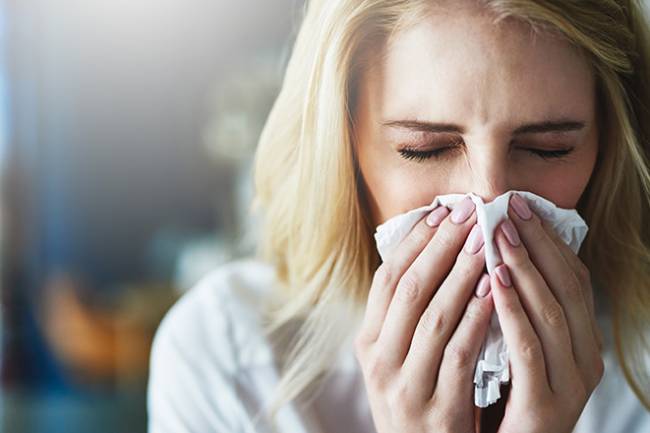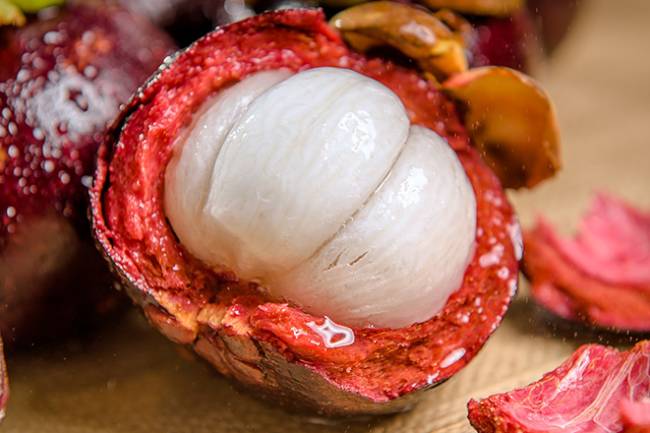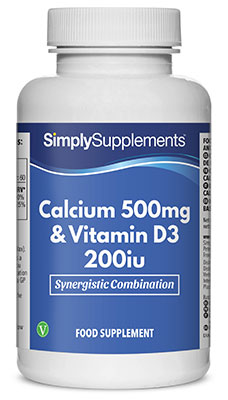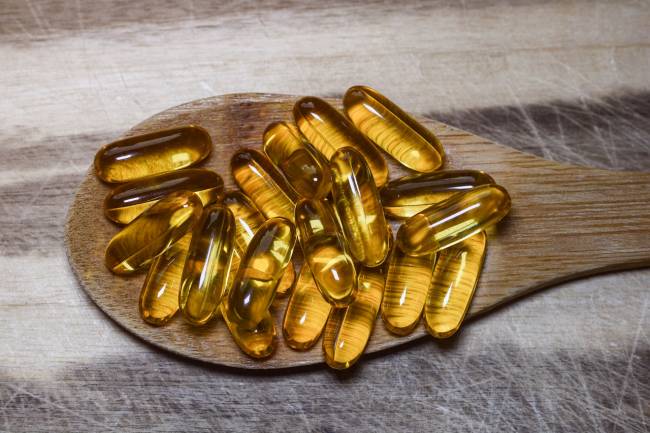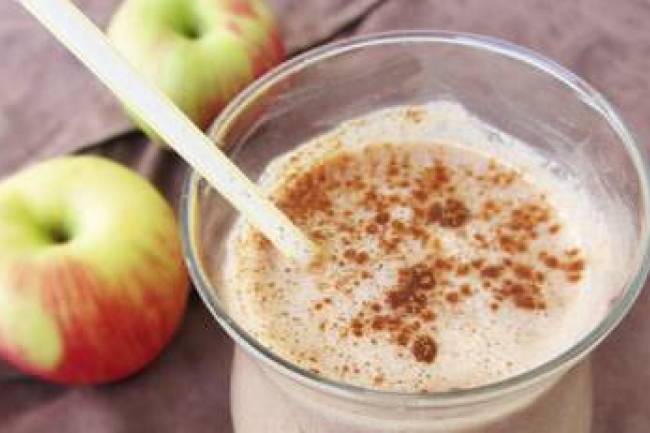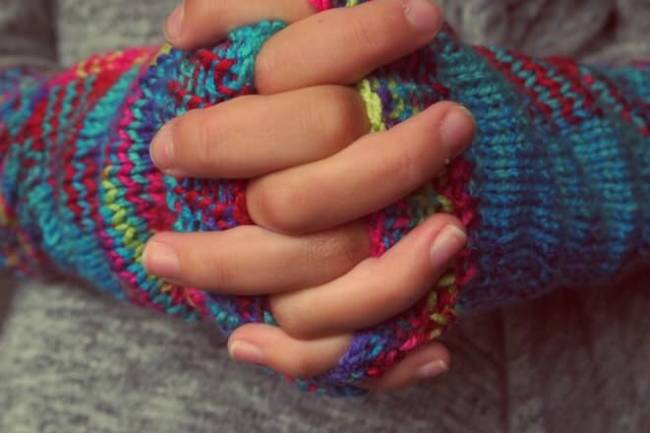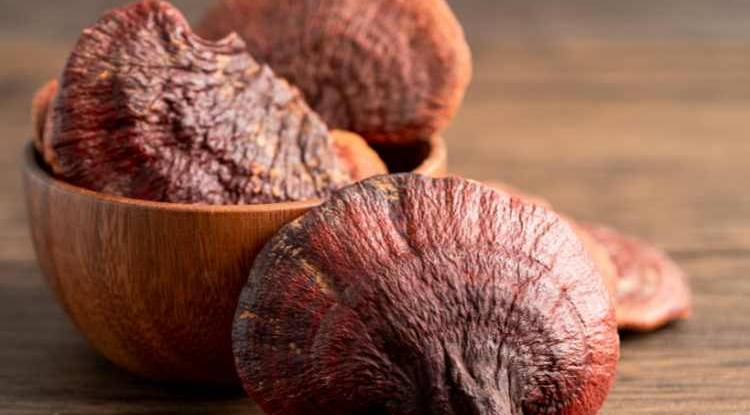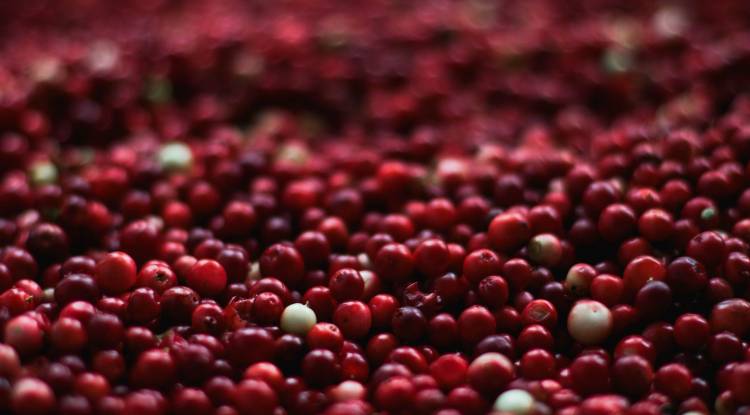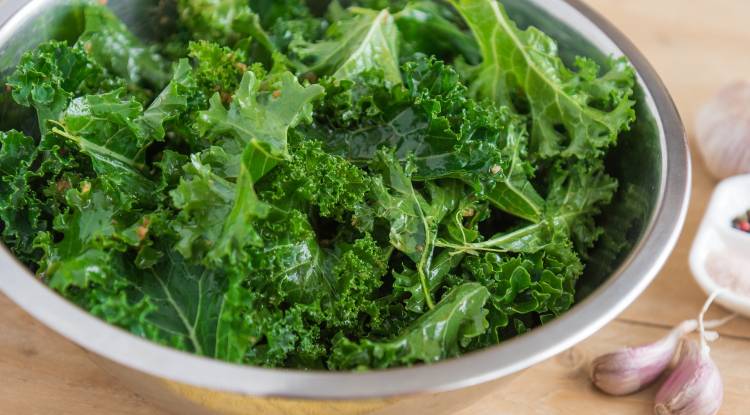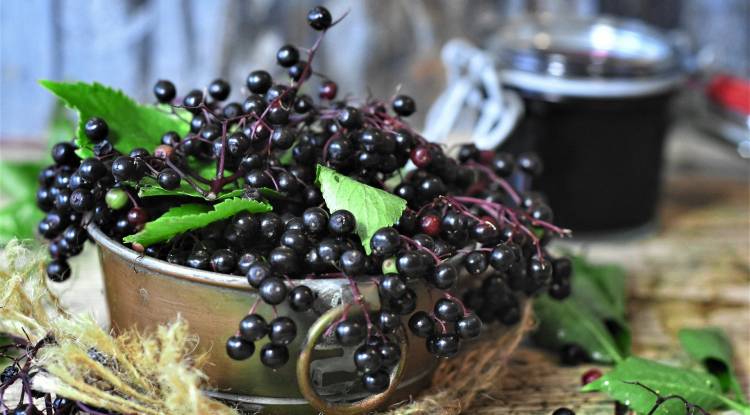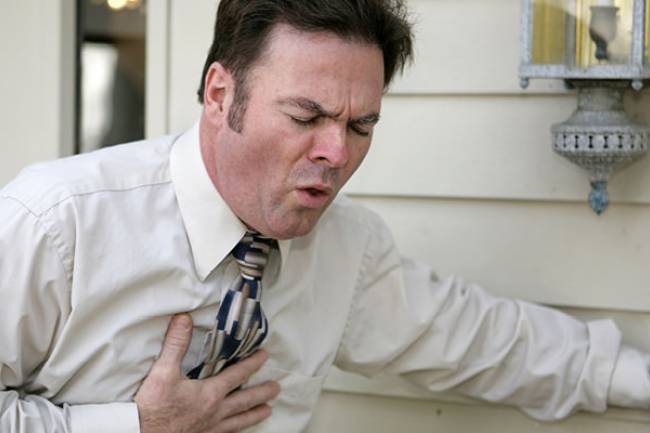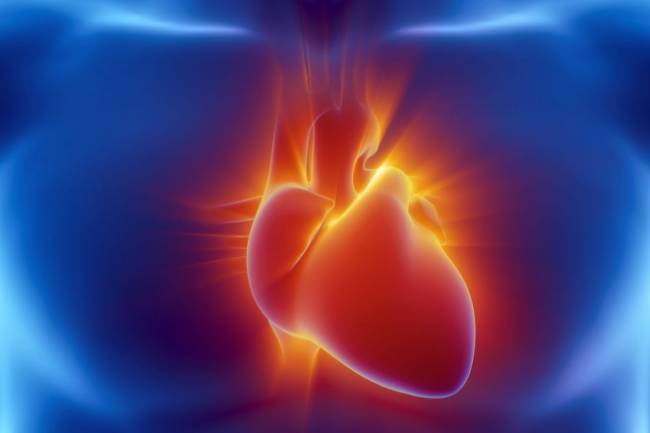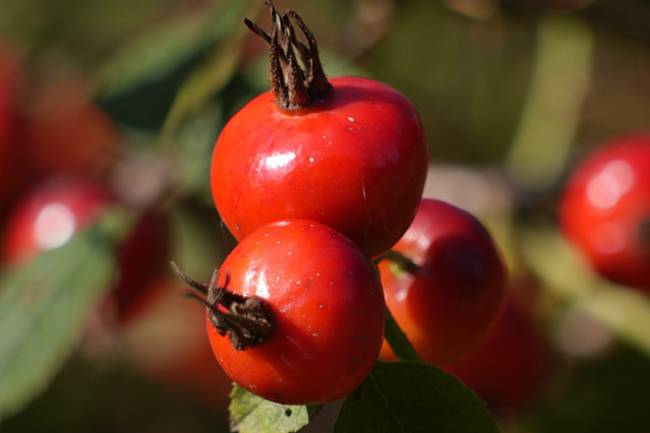Top Solutions for a Strong Skeleton

Strong bones are crucial for long term health but unfortunately many of us aren't taking the necessary care and attention when it comes to looking after our skeletons. But don't worry; there are plenty of things you can be doing right now to promote strong, healthy bones. That's why we've come up with a few top solutions to help keep your skeleton in top condition.
What Nutrients Are Good for Bones?
Calcium
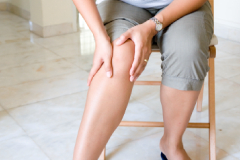 Calcium is the big nutrient that you're likely to be aware of when it comes to bone health. 99% of your total bodily calcium content is stored within the bones and teeth, making up around 2% of your overall body weight. Calcium is so crucial for your bones because it provides structural support and integrity, limiting the risks of damage, breaks or degradation.
Calcium is the big nutrient that you're likely to be aware of when it comes to bone health. 99% of your total bodily calcium content is stored within the bones and teeth, making up around 2% of your overall body weight. Calcium is so crucial for your bones because it provides structural support and integrity, limiting the risks of damage, breaks or degradation.
The use of calcium to help support bone health has also been painstakingly reviewed and studied by the scientific community. For example, a study published in 1993 looked to analyse the effect of calcium supplements on bone loss in postmenopausal women, a demographic that is especially at risk of bone health issues. 122 women who had reached the menopause at least three years earlier, all of whom had a mean calcium intake of 750mg a day, served as the sample group. Each participant was randomly assigned one of two treatments; a 1000mg calcium a day treatment or a placebo, for a total of two years.
The results of the study found that “the mean rate of loss of total-body bone mineral density was reduced by 43% in the calcium group as compared to the placebo group.” The authors ultimately concluded that “calcium supplementation significantly slowed axial (head and vertebrate) and appendicular (limb) bone loss in postmenopausal women.”
Without sufficient calcium to help look after your bones, you may see the development or onset of more serious bone health issues or complications, such as:
Rickets/Osteomalacia - May result in symptoms such like pain in the bones, reduced bone growth and potential deformities like bowed legs and unhealthy spinal curvatures. Rickets, a condition that affects children, is incredibly rare in the western world, but there are still cases of it occurring, primarily due to lessening vitamin D levels (which we'll discuss later). Osteomalacia is the name for rickets in adult sufferers.
Osteoporosis - A condition that can cause bones to become severely depleted and weak, vastly increasing the risks of breakage or damage. The NHS reports that osteoporosis “develops slowly over several years and is often only diagnosed when a minor fall or sudden impact causes a bone fracture.” Unfortunately, calcium absorption into the body has also been found to decrease with age, meaning that elderly people need to take particular care to ensure their bones are maintained.
A study conducted in the US in 1970 used plasma radioactivity and oral calcium to analyse absorption rates in 75 men and 115 women aged between 20 and 95 years old. The authors found that the “absorption of calcium fell with age after 60 years and everyone over 80 had significant malabsorption.” On top of this, an article published in 1982 about calcium and bone health in the elderly stated “the average elderly person is in negative calcium balance and accordingly is losing bone mass.”
However, it's not all doom and gloom, because there are plenty of dietary sources of calcium, including:
- Dairy products: Milk, cheese and yoghurt (especially low-fat varieties)
- Nuts and seeds: Almonds and poppy, sesame and chia seeds
- Beans and lentils
- Tofu
- Fish with edible bones: Sardines and pilchards
When addressing the diet to help look after the health of your skeleton we would also suggest that you should completely cut out sugary carbonated drinks. The chemicals they contain are known to both prevent the absorption of calcium into the body and leach it from the bones themselves. You don't want to go to all that effort revolutionising your diet only for soft drinks to get in the way of progress.
The NHS suggests the daily recommended intake of calcium for adults aged 19 to 64 is 700mg a day. With all of the above foods, coupled with the relative ease it takes to best integrate them into your diet, you should find increasing your intake of calcium to be a good start in helping your skeleton.
Phosphorus
 Despite how important calcium is, you can't solely rely on it if you're looking to improve the health and wellbeing of your bones. There's more than one mineral found in bone, and phosphorus can't go unnoticed.
Despite how important calcium is, you can't solely rely on it if you're looking to improve the health and wellbeing of your bones. There's more than one mineral found in bone, and phosphorus can't go unnoticed.
Phosphorus is incredibly common. It's one of the most abundant minerals on the planet, and this is reflective in its role within the body. Just like with calcium, the vast majority of the phosphorus in your body is stored in your bones and teeth, where you can find as much as 80% of your entire phosphorus total.
Within the bones, phosphorus and calcium work together to maximise the health and strength of your bones, forming a material called hydroxyapatite. This substance determines the rigidity of bones, so the less of it you have, the weaker your bones will be. Flooding your body with phosphorus isn't the answer to producing enough hydroxyapatite because, although they can work together, phosphorus and calcium might also conflict.
The balance between the two minerals is intimately maintained by the body. Therefore, having too much calcium in your body can negatively impact the amount of phosphorus your body absorbs, and vice versa. An article published in Japan in 2012 stated that “awareness of phosphorus intake is important because both phosphorus deficiency and overloading impair bone health and quality of life.”
You should ultimately try and find the perfect balance between the two minerals, sticking to the recommended daily phosphorus intake of 550mg a day. Luckily, thanks to its abundance, there are plenty of different types of foods that contain phosphorus. This means that people with a range of lifestyle choices or dietary requirements can still get the nutrients they need for bone health.
Some of the best food sources of phosphorus include:
- Red meats - Beef and lamb
- White meats - Pork, chicken and turkey
- Brown rice
- Cheese - Cheddar, Swiss and mozzarella varieties
- Potatoes (cooked with skins on)
- Portobello mushrooms
Vitamin D
 Vitamin D is commonly known as the “sunshine vitamin” because your body produces it when you're exposed to the sun. It is made under the skin from direct sunlight and serves to help with the absorption of calcium and phosphorus into the body and bones.
Vitamin D is commonly known as the “sunshine vitamin” because your body produces it when you're exposed to the sun. It is made under the skin from direct sunlight and serves to help with the absorption of calcium and phosphorus into the body and bones.
Even if your diet is consistently high in both of these minerals, without the help and support of vitamin D, your body won't be able to absorb or manage them.
Many medical experts have hypothesised that just 10 to 15 minutes of sunlight a couple of times a week is enough to make sure your body has a plentiful amount.
However, in the colder, darker months of autumn and winter in the UK, there is not nearly enough sunlight to consider it as an effective source of vitamin D. Because of this, it has been recommended by government institutions that everyone should be taking vitamin D supplements, as well as increasing their intake of vitamin D-rich foods, such as:
- Fatty fish like salmon and mackerel
- Liver
- Cheese
- Eggs
Before we go any further, it's important to clarify that there are actually multiple different versions of vitamin D. The two most important varieties that you need to be aware of are:
Vitamin D2 (ergocalciferol) – Is produced by plants when they are exposed to sunlight, and has been used extensively in the past to help treat rickets.
Vitamin D3 (cholescalciferol) – Is the active form of vitamin D that is commonly found throughout human and animal bodies. Vitamin D3 is widely regarded as the more effective and beneficial version for your health because it is the most organic form available.
Due to its importance and prevalence as a vitamin with our bodies, there has been a considerable amount of scientific study into the effectiveness of vitamin D and its reputation as a top solution for a strong skeleton. A meta-analysis study was published in 2007 that looked at the use of calcium and vitamin D to prevent fractures and bone loss in people aged 50 and over. The meta-analysis method of study is revered for its accuracy and reliability, due to the fact that it collates the information and results of previously published studies.
The results of the meta-analysis found that “the treatment effect was better with calcium doses of 1200mg or more than with doses less than 1200mg, and with vitamin D doses of 800 IU or more than with doses less than 800 IU.” The authors of the study concluded that “evidence supports the use of calcium, or calcium in combination with vitamin D supplementation, in the preventive treatment of osteoporosis.”
Another study, conducted in 1995, looked to examine the effects of vitamin D on the prevention of bone loss in elderly women. 348 women aged 70 and above where used in a randomised double-blind trial, with 177 receiving 400 IU of vitamin D3 a day for 2 years, whereas the other 171 were given a placebo.
The study found that those given the vitamin D supplement saw an average 1.8% bone density increase at the femoral neck, the upper part of the femur bone in your leg. The study therefore concluded that daily vitamin D3 supplementation of 400IU “increases bone mineral density.”
Metabolic Nutrients
We've mentioned three of the more prominent nutrients that are essential for the health of your skeleton and bones. However, if you're looking to maximise the effectiveness of your diet and efforts towards bone health, you need to ensure that you maintain adequate supplies of things called metabolic nutrients.
In essence, these nutrients (which are required in much smaller daily doses) help to ensure that your body is able to make the most of the nutrients needed to look after your bones, teeth and overall skeleton. An article published in 2006 that examined the roles of nutrients in bone health wrote that “there are several other vitamins and minerals needed for metabolic processes related to bone, including manganese, copper, boron, iron, zinc, vitamin A, vitamin K, vitamin C, and the B vitamins.”
Although this list might appear to be quite imposing, you shouldn't have to worry too much because the vast majority of these can be easily obtained through a healthy, well-balanced diet. Alternatively, dietary supplements are available that might be able to help ensure that nutritional holes are removed from your diet to better aid bone health.
Exercise for Bone Health
 Nutrition aside, another top solution to help look after your bones is to commit to a regular exercise routine. A scientific review published in 1991 read that “it is probable that maintaining a higher bone mineral density (BMD) throughout life may help prevent many fractures associated with low bone mineral density, and physical activity has gained attention as a method for improving BMD.”
Nutrition aside, another top solution to help look after your bones is to commit to a regular exercise routine. A scientific review published in 1991 read that “it is probable that maintaining a higher bone mineral density (BMD) throughout life may help prevent many fractures associated with low bone mineral density, and physical activity has gained attention as a method for improving BMD.”
When you perform particular types of exercise, tiny fractures occur all over your bones. The different nutrients we mentioned earlier in the article are then used by your body to repair these fractures, and to build further bone on top of them as a form of added protection and rigidity. This healing process helps to build up your bone mineral density.
Exercise is also vitally important to help maintain the overall functioning of your joints, which can't be forgotten about if you're looking to keep your skeleton in the best possible condition. There are a lot of different exercises and activities that you can perform that are known to help improve bone density and strength, including:
- Brisk walking
- Jogging
- Hiking
- Tennis
- Ascending and descending staircases
Although they all have different levels of intensity, these kinds of exercises are known as ‘weight bearing'. This shouldn't be confused with lifting weights, however, as the exercises we just mentioned all use your own body and its weight to help build strength. Be sure to assess your abilities and cater your exercises accordingly so that you don't put too much pressure on your body too quickly.
It's important to also state that if you already suffer from a degenerative bone health issue like osteoporosis, you must talk to your local GP or doctor before committing to a new exercise regime. These weight-bearing exercises are designed to put pressure on your bones, which you don't want to do if your limbs are already weak. The last thing you need is to make your situation worse, so be sure to start off slowly under the appropriate supervision of a medical expert.
Summary
Hopefully with the information contained within this article, you now have a pretty good understanding of what's involved with helping to keep your skeleton strong, as well as how you can best apply that knowledge to obtain the best results.
A healthy, well-balanced diet incorporating some of the different foods and nutrients we've mentioned, alongside a comprehensive and regular exercise routine is by far the top solution to help boost bone health. Be sure to take some of the suggestions we've presented and apply them to your lifestyle at your own pace. Building slowly is much better than unintentionally causing more harm than good.
Sources:
https://www.nejm.org/doi/full/10.1056/NEJM199302183280702
https://www.nhs.uk/conditions/osteoporosis/
https://www.thelancet.com/journals/lancet/article/PIIS0140673670913449/abstract
https://academic.oup.com/ajcn/article-abstract/36/5/986/4693584
https://academic.oup.com/nutritionreviews/article-abstract/70/6/311/1846932
https://www.nhs.uk/conditions/vitamins-and-minerals/others/
https://academic.oup.com/jn/article/126/suppl_4/1159S/4724783
https://www.sciencedirect.com/science/article/pii/S0140673607613427
https://academic.oup.com/jcem/article-abstract/80/4/1052/2649814
https://www.ncbi.nlm.nih.gov/pubmed/17092827
https://journals.lww.com/acsm-essr/Citation/1991/01000/10_Exercise,_Bone_Mineral_Density,_and.10.aspx
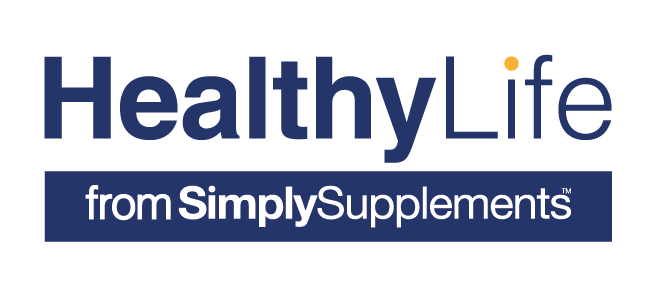
 Nicole
Nicole 